Tea is more than just a drink; it’s a journey through time, cultures, and continents. From ancient Chinese rituals to British afternoon tea, each cup tells a story of tradition, connection, and evolution — a timeless companion woven into the fabric of daily life around the world.
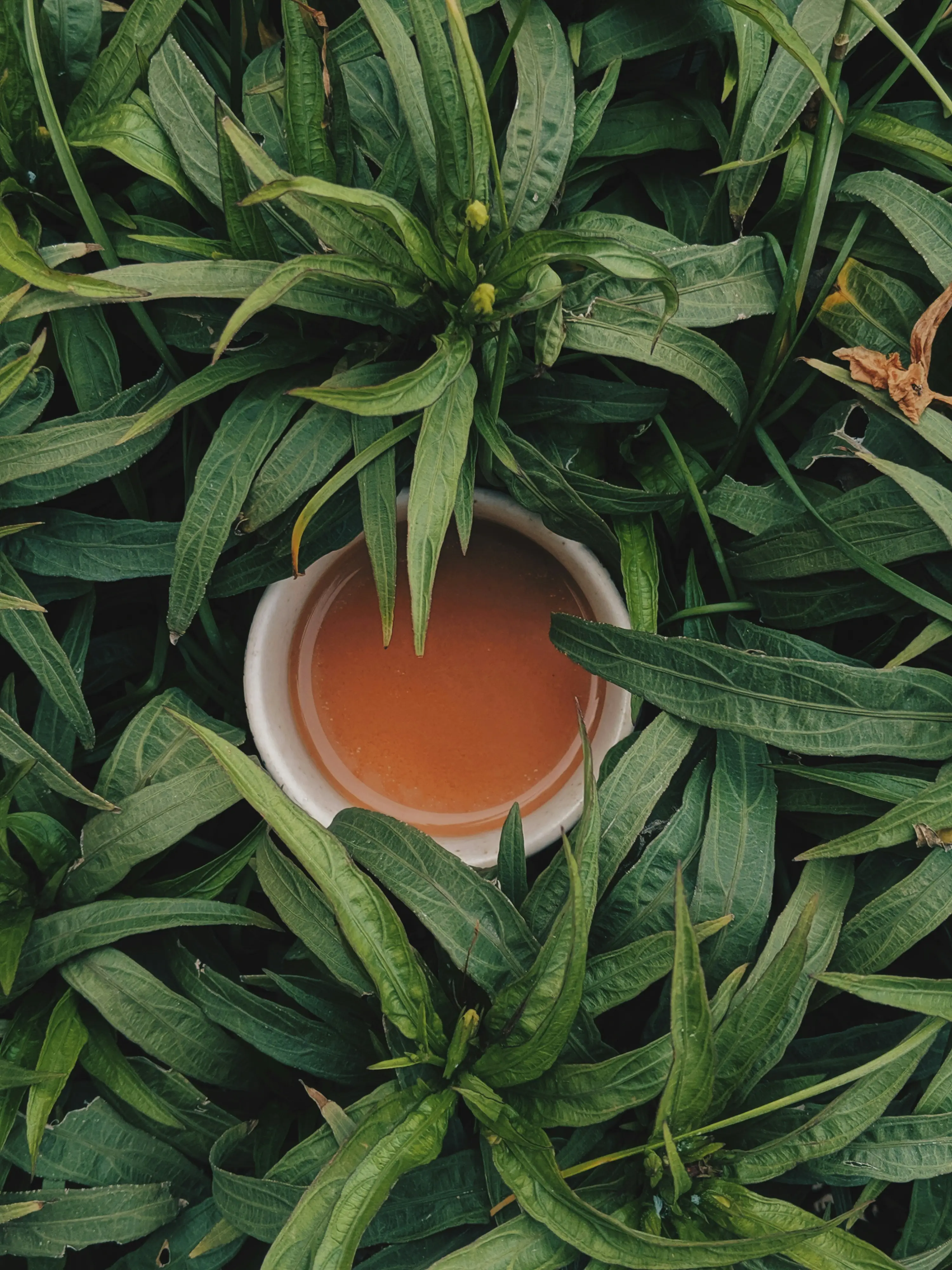
From its mysterious beginnings in ancient China to its status as a global favourite, the history of tea is as captivating as the beverage itself. Join us as we take a delightful sip through history and discover how tea became one of the world’s most cherished beverages.
The Legendary Origins of Tea
The tale of tea begins in ancient China, around 2737 BCE. According to legend, Emperor Shen Nong was resting under a tea tree when leaves accidentally fell into his boiling water. That lucky moment led to the discovery of tea. Shen Nong’s curiosity turned the infusion into a cultural phenomenon.
While the legend is enchanting, historical evidence suggests that tea was used as a medicinal herb by the Chinese for centuries. Texts from the Tang Dynasty (618–907 CE) show tea was already a popular and valued drink in Chinese society.
Tea’s Journey to Japan
Tea’s influence spread beyond China through the efforts of Buddhist monks. In the 9th century, Japanese monks brought tea seeds and preparation techniques home from China. By the 12th century, tea cultivation had begun in Japan, and it quickly became an integral part of Japanese culture.
The Japanese tea ceremony, or “chanoyu,” emerged during the 15th century. It embodies the Zen principles of simplicity, tranquillity, and respect. This ritual, with its meticulous attention to detail and aesthetics, reflects the deep appreciation for tea in Japanese culture.
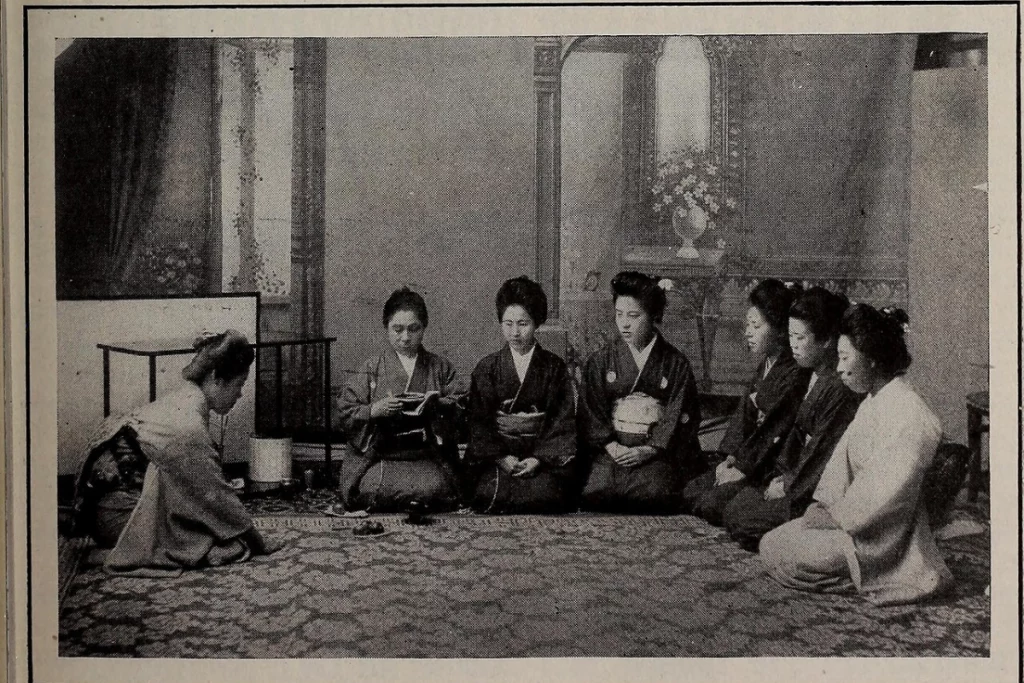
The Arrival of Tea in Europe
Tea made its European debut in the early 17th century. Portuguese traders introduced tea to Europe. Later, the British East India Company helped it spread across the continent.
In 1657, tea was introduced to England through a London coffee house, where it quickly gained popularity among the upper classes. By the 18th century, tea had become a staple in British society. This led to the establishment of the “afternoon tea” tradition, introduced by Anna, the Duchess of Bedford. This social event became an opportunity for friends and family to gather, enjoy tea, and indulge in light snacks.
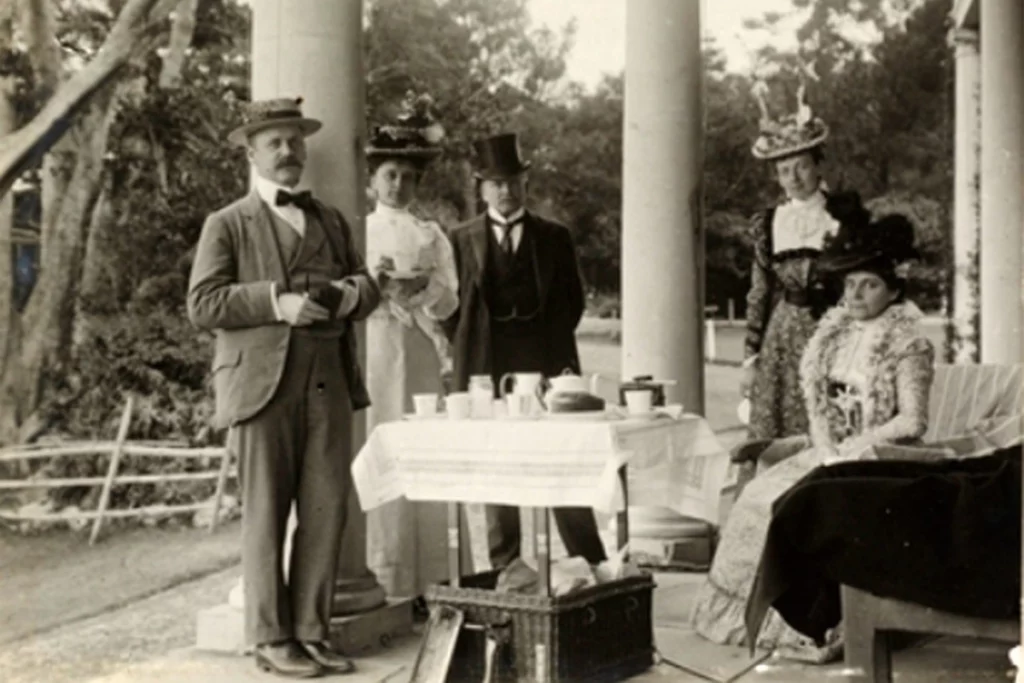
Tea in Colonial America
Tea arrived in America with the early colonists, but its popularity faced significant challenges. The American Revolution brought about the Boston Tea Party in 1773, a protest against the Tea Act imposed by the British government. Colonists, disguised as Native Americans, boarded British ships and dumped an entire shipment of tea into Boston Harbor. This act of defiance became a symbol of American independence and resistance.
Despite this rebellious moment, tea eventually regained its popularity in America. Today, it enjoys widespread appreciation across the United States, with a diverse range of tea varieties enjoyed from coast to coast.
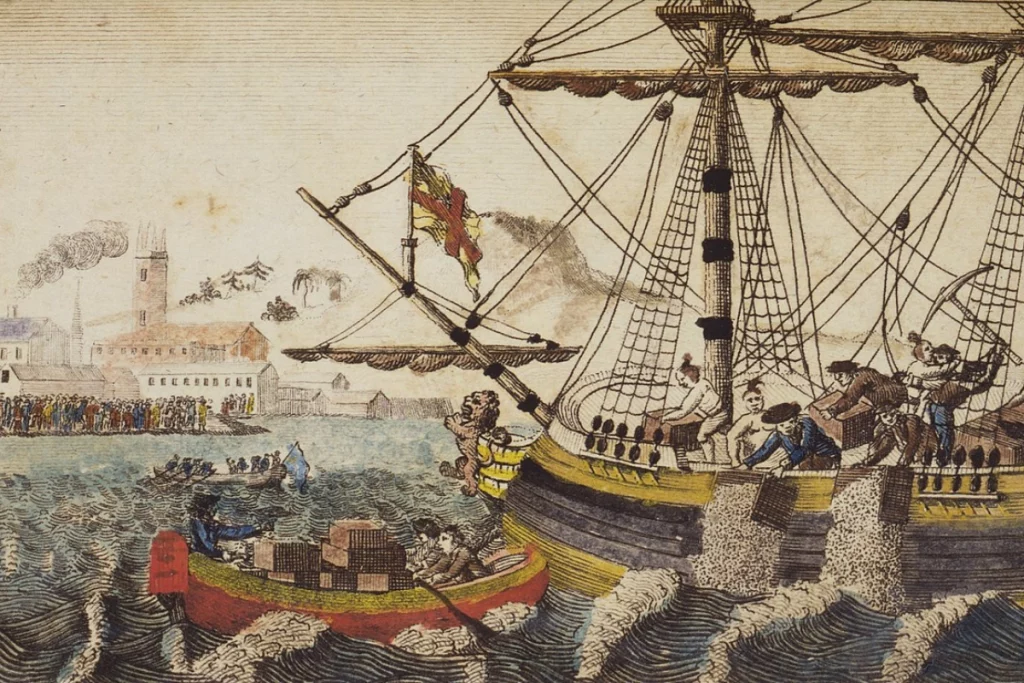
The Global Spread of Tea
The 19th and 20th centuries saw tea becoming a global phenomenon. British colonial efforts established tea plantations in India, Sri Lanka (formerly Ceylon), and Kenya, making these regions major producers of tea. The spread of tea cultivation and trade created a worldwide market, with tea becoming a beloved beverage in countless cultures.
Tea ceremonies, such as the Chinese “gongfu” tea ceremony and the British afternoon tea, continue to celebrate the rich traditions associated with this remarkable drink. Whether enjoyed as a soothing ritual or a casual daily treat, tea has woven itself into the fabric of global cultures.
For a broader overview of tea’s global evolution, you can also refer to this comprehensive article by Britannica.
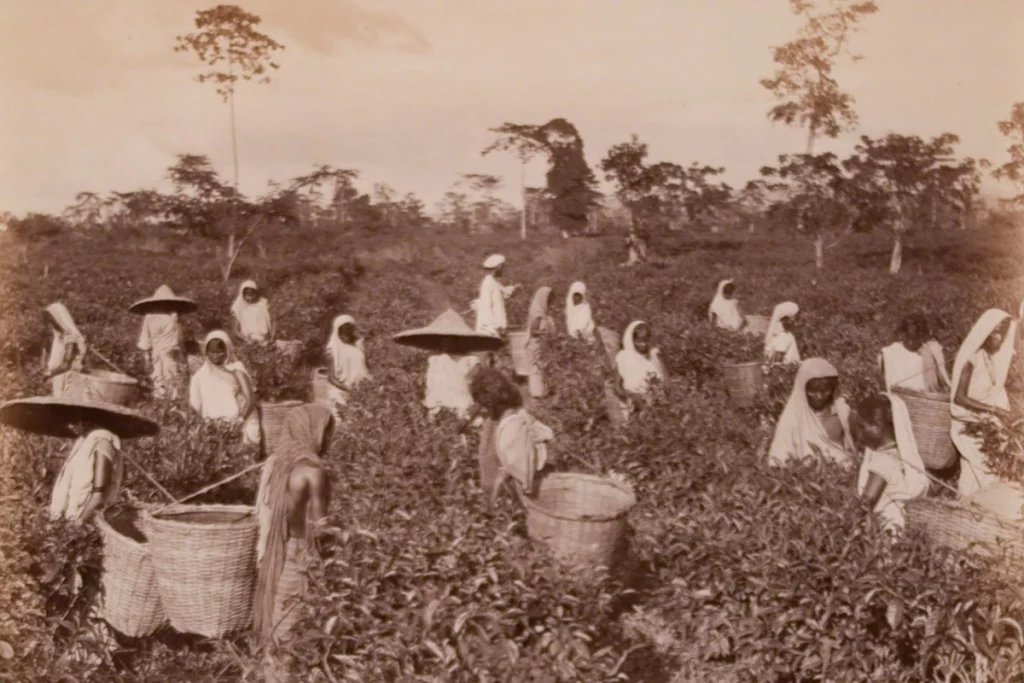
Tea Today: A Global Favourite
In the modern era, tea remains one of the most consumed beverages worldwide, cherished for its variety, flavour, and health benefits. From the traditional black, green, and oolong teas to innovative blends and herbal infusions, there’s a tea for every palate.
The appreciation for tea has only grown, with a renewed focus on high-quality, sustainably sourced teas. Specialty teas and artisanal blends are gaining popularity, allowing tea enthusiasts to explore new flavours and discover the nuances of this ancient beverage.
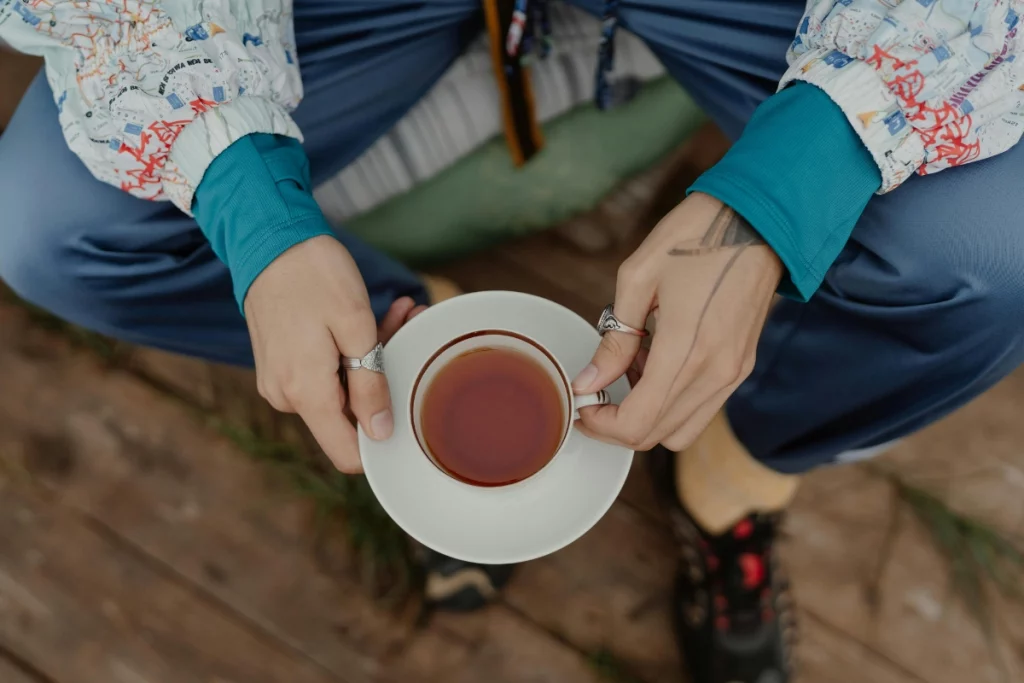
Conclusion
The history of tea is a rich tapestry woven with tradition, culture, and discovery. From its legendary origins in ancient China to its global popularity today, tea has journeyed across continents and centuries, leaving an indelible mark on cultures around the world. As you enjoy your next cup of tea, remember that you’re participating in a timeless ritual that spans history and connects you to a global community of tea lovers.
🌿 Discover how tea’s history lives on in our own curated organic loose leaf tea blends.
